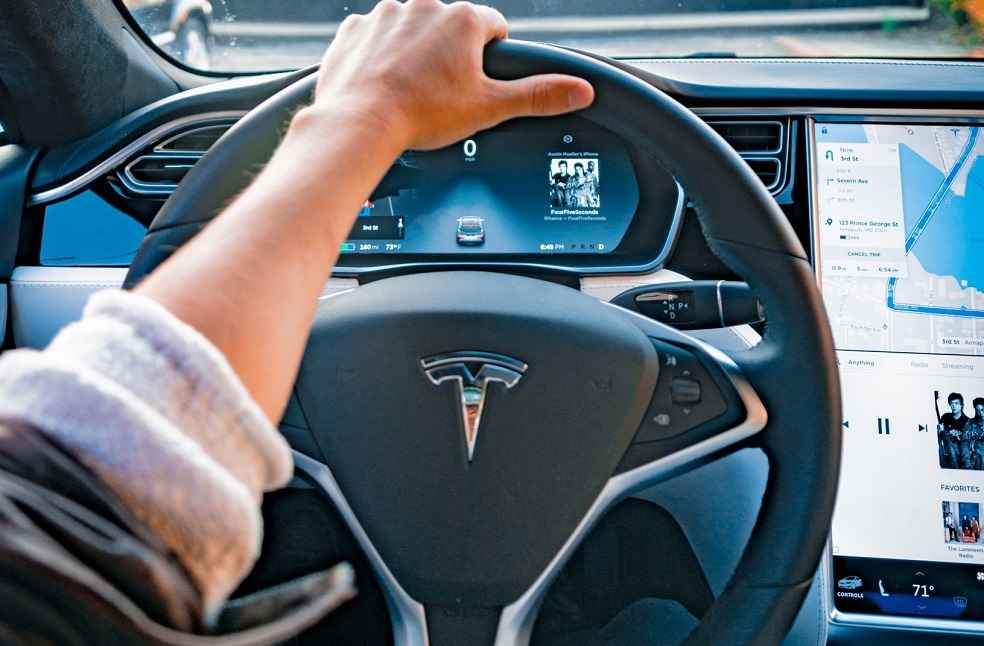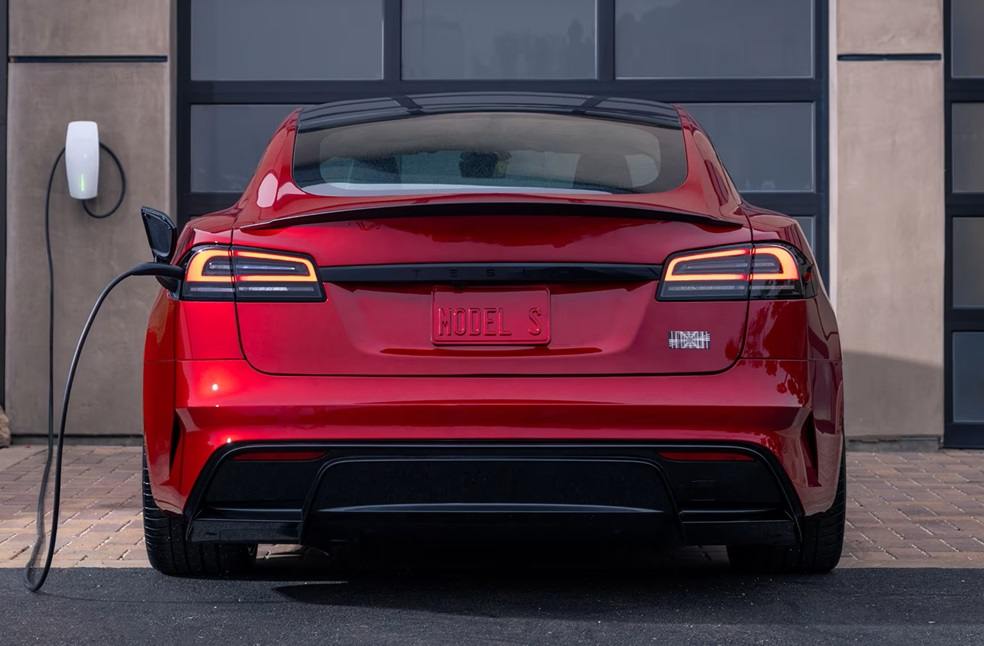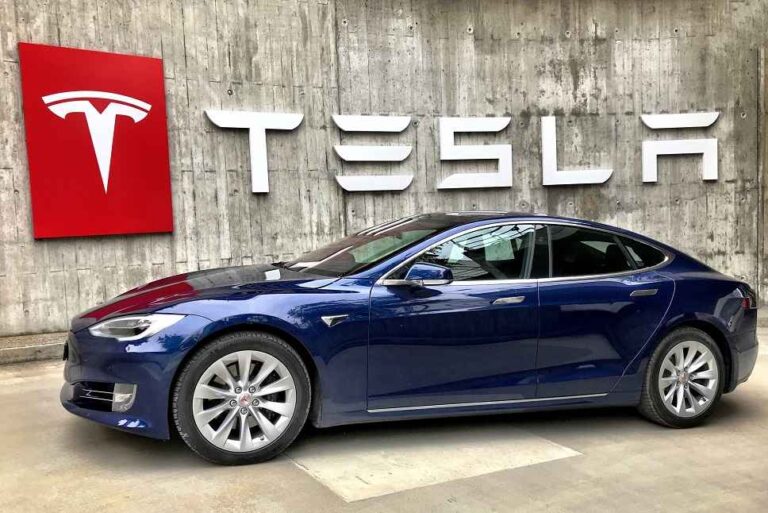A new lawsuit has been filed against Tesla, claiming that a faulty door handle design in the 2016 Model S trapped five passengers after a crash, resulting in their deaths. The case emerges amid growing public concern over the safety of Tesla’s door handle system.
The lawsuit originates from a 2024 crash in Wisconsin, where a Model S driven by Barry Sievers veered off a semi-rural road and collided with a tree in Verona, near Madison. According to the Dane County Sheriff’s Office, several factors contributed to the accident, including road conditions, excessive speed, and impaired driving.
In a complaint filed Friday by the Bauers’ four children, the family alleges that the Model S’s lithium-ion battery pack caused the electronic door systems to malfunction, trapping the occupants inside. They assert that Tesla was aware of similar safety hazards from prior incidents but failed to take corrective measures.

The complaint also noted that rear passengers had difficulty escaping, as they were required to lift the carpeting to access a small metal tab used to open the doors—a method described as unintuitive and time-consuming.
The U.S. National Highway Traffic Safety Administration (NHTSA) has confirmed it is investigating flaws in Tesla’s door mechanisms after reports emerged of handles malfunctioning during emergencies. The inquiry follows another recent lawsuit involving a Cybertruck accident, in which the families of two college students alleged that the vehicle’s door design prevented escape during the fire.
Tesla vehicles rely on an electronic door release system rather than a traditional mechanical linkage between the handle and the door. In the 2016 Model S, Tesla included a backup mechanical release for the front doors. While the handles typically operated electronically, they could function mechanically if the vehicle lost power.

However, the rear seats were equipped with a concealed mechanical release located beneath the carpeting under the seats.
The lawsuit further alleges that the 2016 Model S lacked certain safety components later added to newer models. Specifically, it claims the vehicle did not have sufficient firewalls or fire-resistant materials to prevent flames from spreading during a crash. According to the suit, Tesla’s design choices for the Model S failed to meet UL and SAE recommendations for battery pack safety—voluntary guidelines rather than binding legal standards.
The lawsuit further intensifies scrutiny of Tesla’s vehicle safety and design standards, even as the company continues to advance its innovations in electric mobility.
TRENDING | Waymo to Expand Robotaxi Service to Three New U.S. Cities





